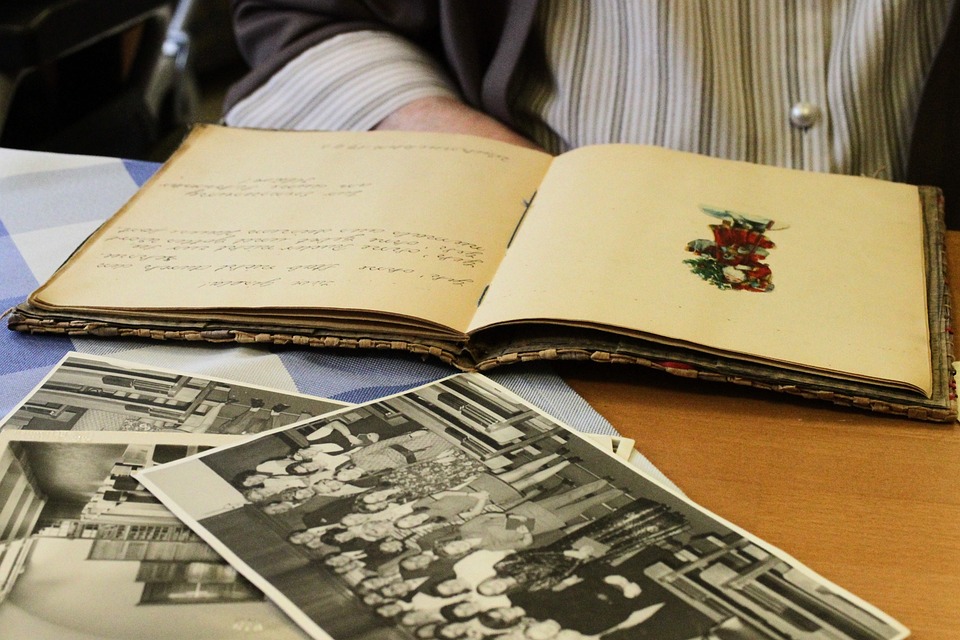
We explain what a biography is, its types, history, characteristics and various examples. Also, how to write a biography. The biographies fulfill a function both historical and educational and reflective.
What is a biography?
A biography is the narration of a person’s life story, which makes this literary genre very popular in the publishing market around the world. Said story is usually told by a third person, knowledgeable or student of the life of the biographer, or even by the latter (that is, an autobiography).
Biographies are essayistic and memoiristic literary texts, which are classified within the non-fiction genres. On the one hand, it has historical importance, in the sense that they tell of the successes, failures and singularities of the life of some relevant historical figure.
On the other hand, they also fulfill an educational and reflective function, to the extent that the biographer (that is, the person who carries it out) chooses the most significant moments in the life of the biographer, relates them, sizes them up, criticizes them and draws certain conclusions. . So it’s about more than just chronicling someone’s life.
Among the narrative literary genres, biography has an important publishing market, as well as a set of scholars and theorists in academia. Among the discussions that the latter contemplate is the possible impartiality or objectivity of the genre, historical fidelity, etc.
It is also possible to call biography or, more commonly, biographical review or biographical summary the short texts that accompany professional or bureaucratic documents, indicating the professional career of their authors (their abbreviated curriculum vitae ), or those short texts that do the same with the trajectory of an author or an artist, and that accompany their cultural products: records, books, etc.
Characteristics of biographies
In general, biographies are characterized by the following:
- They are historical-literary investigations that reconstruct the life of a character, or at least the most relevant and representative moments of their life.
- They constitute an intermediate genre between narration and essay.
- They aspire to a certain degree of objectivity, that is, historical fidelity, without distorting events to suit the biographer’s convenience, nor omitting events that could contradict him; but at the same time they aim to draw conclusions, reflections and knowledge from the life of the biographer.
- They can be very diverse in length, from voluminous volume studies to very brief summaries.
Types of biography
There are many ways to classify the biographical genre, giving rise to branches and sub-branches, depending on the perspective.
According to the biographer’s approval:
- Authorized biography. It has the approval and support of the biographer or his or her heirs, and is therefore subject to certain validation and/or censorship standards.
- Unauthorized biography. The responsibility lies entirely with the biographer and may have been written against the will of the biographer.
According to who writes it:
- Autobiography. It is written by the biographer himself.
- Biography. It is written by a third party.
- Fake autobiographies. These are the rare cases in which they are fictional or fantastic (auto)biographies, written more as a literary exercise than anything else.
There are other narrative genres close to biography, of a testimonial or confessional type, in which the narrator relates episodes of his life, or recounts things he witnessed, serving as a witness to history. Thus, it is common to talk about memories, confessions, testimonies or diaries, as the case may be. And these can be considered (auto)biographical subgenres.